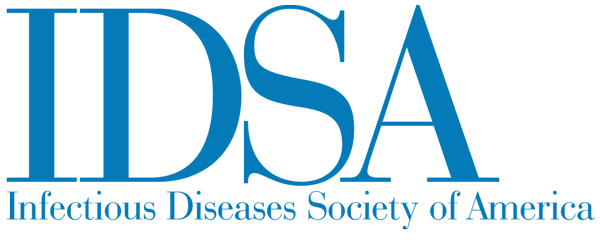Russian and other European H5N8 Avian Flu sequences will inform risk to humans in Astrakhan and beyond
Facebook Twitter LinkedIn EmailNow that the H5N8 avian flu virus whole genome sequence that infected seven poultry farm workers in Astrakhan has been shared by Russia in the GISAID database, a search for other locations in Europe and elsewhere with this same sequence can be done. This insight can help understand where this mutated H5N8 may have occurred before, and after, the poultry and human outbreak in mid-December in Astrakhan. Vaccine development is also facilitated.
In addition, these data might result in:
- A review of protocols regarding use of antiviral prophylaxis for workers
- A review of clinical triage protocols for diagnosis and treatment if H5N8 is suspected.
- A review of epidemiological investigation to rule out a future first-ever documentation of human-to-human transmission of H5N8 due to either this mutant (“variant”?) or a new one if this virus continues to adapt to the human species and our cellular receptor(s). It is a tribute to Russia that medical evaluation was provided for 200 persons on the poultry farm and that the minimally ill seven farm workers were tested for infections. Also, according to TASS, Dec. 16: “…The poultry farm was quarantined, and the city of Akhtubinsk and the nearest village were also supervised.”
- First-ever human vaccines, as announced to now be in development by Russia’s “Vektor” Laboratory, in addition to H5N8 vaccines already developed for poultry e.g., in Egypt.
The WHO lists only one available candidate H5N8 vaccine virus in its October 2020 update on: “Antigenic and genetic characteristics of zoonotic influenza A viruses and development of candidate vaccine viruses for pandemic preparedness”. It is available for use to begin development of vaccine candidate from the United States Centers for Disease Control and Prevention, and originated from a falcon in 2014 in Washington state. It is listed as: ‘IDCDC-RG43A (A/gyrfalcon/Washington/41088-6/2014) (H5N8) (clade) 2.3.4.4c.
I would not assume that this 2014 H5N8 clade 2.3.4.4c will be antigenically similar to the 2020 mutated H5N8 in Russia (and perhaps elsewhere) to provide an effective vaccine against this mutated virus that has infected humans in 2020. As demonstrated for SARS-CoV-2/COVID in 2020, it is possible for mRNA vaccines to be developed within one year once the virus sequence is shared.


